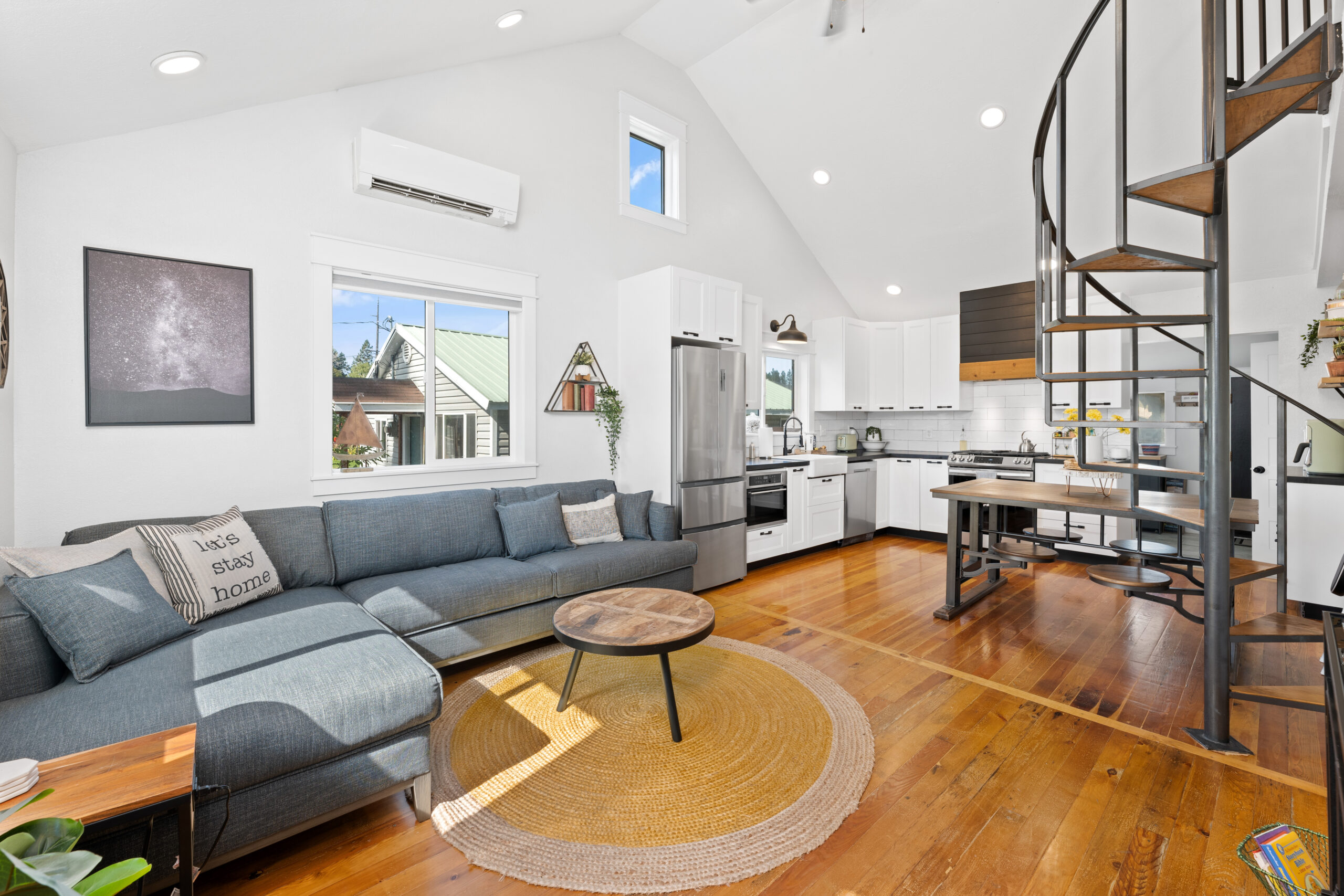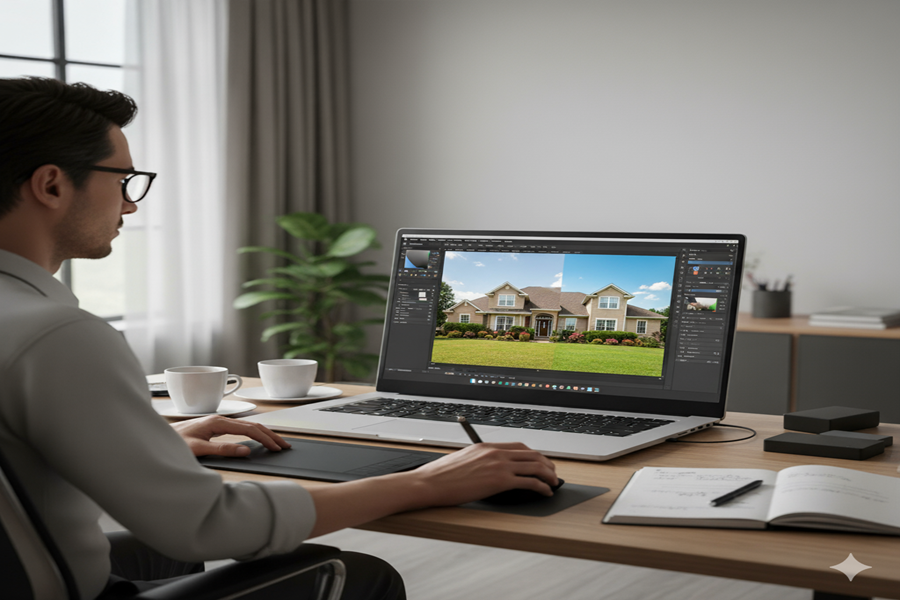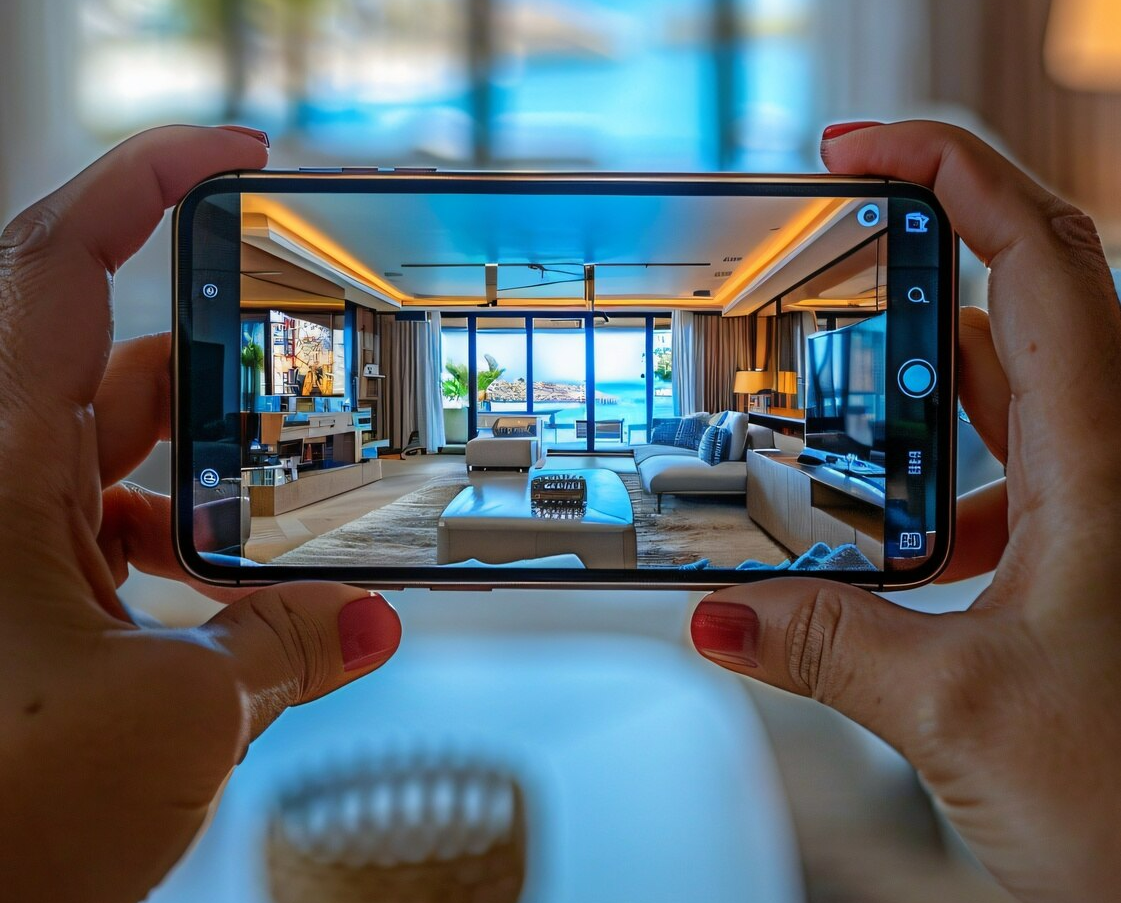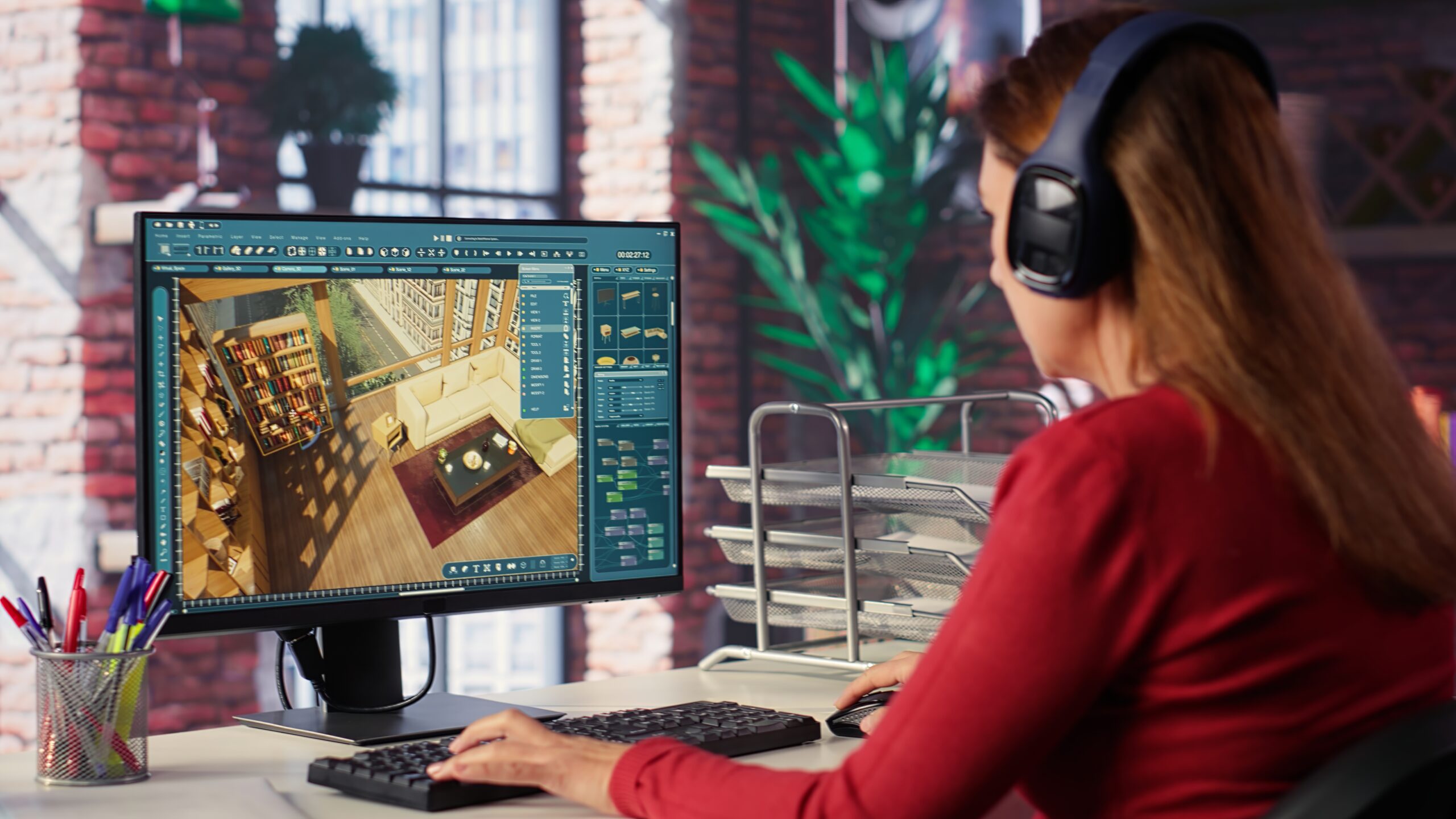In the age of sleek digital marketing and visually-driven real estate markets, real estate photography has become an essential service. Whether it’s helping agents sell a luxury property or simply providing listings with the best visual representation, real estate photographers are in demand. But the question remains: Can you make a full-time living with a real estate photography business?
The short answer is: Yes, but like any entrepreneurial endeavor, it comes with its challenges, learning curves, and factors that influence success. In this blog post, we’ll dive deep into the factors that can help you determine whether real estate photography can become your full-time career and what it takes to scale your business to a sustainable, profitable level.
Let’s explore this!
1. The Growing Demand for Real Estate Photography
The real estate market is thriving, and so is the demand for professional photography. In the last few years, real estate photography has evolved from simply snapping a few photos with a standard camera to creating detailed and captivating images that highlight a property’s best features. Here are some reasons why this demand is growing:
- More Listings Require Quality Imagery: Sellers and agents know that great photos are one of the most important factors in selling a property quickly. High-quality, visually appealing photos generate more interest and attract higher offers, making professional photography a must-have service.
- Video Tours and 3D Walkthroughs Are the New Norm: In 2025, virtual tours, 3D rendering, and video walkthroughs are essential. Photographers who can also capture real estate videography, drone footage, and even virtual staging can command higher rates.
- Social Media and Online Listings: As the real estate industry increasingly shifts toward online platforms, listings with poor or outdated photos quickly get overlooked. Real estate agents are willing to pay for quality photography to ensure their listings stand out on platforms like Zillow, Redfin, and Instagram.
With demand on the rise and a growing interest in video and virtual tours, there’s no shortage of opportunities for a real estate photography business to thrive.
2. Is the Market Saturated?
While the demand for real estate photography has increased, it’s also true that many photographers are flocking to this niche. The question arises: Is the market too saturated? It can vary based on your location, your niche within real estate photography, and your approach to marketing and business.
- Location Matters: Larger urban areas or regions with booming real estate markets (think New York, Los Angeles, or Miami) tend to have more competition. However, smaller towns or rural areas may have less competition, but the volume of work might also be lower. Do some research on your area to determine if there’s room for another photographer.
- Niche Specialization: Offering specialized services, like drone photography, twilight shoots, or luxury real estate photography, can help you stand out. You may also consider diversifying into other high-demand areas such as commercial real estate, architectural photography, or even vacation rentals (e.g., Airbnb photography).
- Building Relationships with Realtors: The best photographers in the industry are often those who have built strong, lasting relationships with real estate agents. As real estate is a highly networked industry, making connections and fostering loyalty can provide a steady stream of business.
3. How Much Can You Make as a Real Estate Photographer?
This is where it gets interesting, because income potential can vary significantly based on your market, expertise, equipment, and services offered. Check out what Aryeo has to say about this. But in general, let’s break down some of the factors that influence your earnings.
Pricing Your Services
- Standard Photos: For basic real estate photography, you might charge anywhere from $150 to $500 per session, depending on the complexity of the shoot (e.g., how many photos, location, and size of the property).
- Twilight or Drone Photos: Specialty photoshoots that involve twilight photography or drone photography can command much higher fees, anywhere from $300 to $1,000 or more, depending on the location and difficulty.
- Video Tours or 3D Walkthroughs: As video becomes a must for most listings, photographers who offer video tours or virtual staging can charge between $500 and $2,000+, depending on the length and complexity of the project.
How Much Do You Need to Earn?
To understand if it’s feasible to make a full-time living, you need to calculate how many shoots you’d need to cover your expenses and provide a reasonable profit. Let’s assume you want to make $60,000 per year (the median annual salary in the U.S. for many professions):
- If you charge $400 per session, you’d need to complete approximately 150 shoots per year or about 3 shoots per week.
This calculation is a basic estimate, but it shows how achievable a full-time income can be if you’re consistently working and securing clients.
However, remember there are business costs to consider (e.g., camera gear, website, marketing, insurance, transportation, and editing software), so you’ll need to factor these into your pricing and overall business strategy.
4. Challenges in Real Estate Photography Business
While the opportunity is certainly there, running a real estate photography business is not without its challenges. Here are some common roadblocks and how to overcome them:
1. Seasonal Fluctuations in Demand
Real estate photography can be seasonal. In some areas, the housing market may slow down in winter or during certain months, which could reduce your workload. However, it’s essential to:
- Diversify Your Services: Offering video tours, virtual staging, or even drone services can help keep your income steady throughout the year.
- Target Commercial Projects: Many commercial properties and businesses need photography, so reaching out to different sectors may help fill the gap during slow months.
2. Equipment and Upkeep
The initial investment in high-end photography equipment can be substantial. In addition to your camera body, lenses, and editing software, you’ll also need to budget for things like tripods, lighting kits, and backup batteries.
The solution? Budget wisely and invest in quality gear that will last. For example, consider buying used or refurbished equipment to reduce costs early on and upgrading as your business grows. Regularly maintain your equipment to avoid any surprises.
3. Competition
As the real estate photography business grows, more photographers will enter the space. This means you’ll need to differentiate yourself by:
- Building a unique style that stands out, whether it’s through editing techniques or how you approach your shoots.
- Nurturing client relationships to ensure repeat business. Happy clients are more likely to refer you to others in the industry.
- Offering value-added services such as social media management, branding, or marketing consultations.
5. How to Scale Your Real Estate Photography Business
Once you’ve got a steady flow of clients, scaling your business to make it a sustainable full-time career is the next step. Here’s how to do it:
1. Outsource or Collaborate
As your workload increases, you may find it difficult to handle everything yourself. Outsourcing tasks like editing photos, handling social media, or even hiring other photographers for shoots can help you manage the volume of work and focus on growing your business.
2. Build a Strong Online Presence
In today’s digital world, your online presence is crucial for attracting new clients. A professional website, an active social media profile, and a portfolio of your best work will help you stand out from the competition. Don’t forget to optimize for SEO to ensure people find your website when searching for real estate photographers.
3. Offer Package Deals
To encourage clients to book you for multiple shoots, consider offering package deals (e.g., discounts for bulk booking or combining photos and video services). This can help you secure larger contracts with agencies or individual agents.
Final Thoughts: Is It Possible to Make a Full-Time Living?
The short answer is: Yes, it’s absolutely possible to make a full-time living with a real estate photography business. But it takes a mix of the right skills, marketing savvy, and strategic planning.
- With demand on the rise, particularly with the integration of video, drone shots, and 3D tours, the opportunity is there.
- Income can vary greatly depending on the market, services, and how well you manage your business, but earning a full-time income is entirely feasible if you’re willing to put in the work.
- Challenges exist, including competition, seasonal fluctuations, and the costs of equipment. However, these can be overcome with the right strategies, persistence, and a solid business plan.
Ultimately, if you’re passionate about photography, committed to client satisfaction, and willing to adapt to industry trends, real estate photography can absolutely be a fulfilling and profitable full-time career. The key is to start small, keep growing, and always deliver top-notch work that keeps clients coming back for more. Check out our other blog about if it is Possible to Make 6 Figures as a Real Estate Photographer in 2025.



